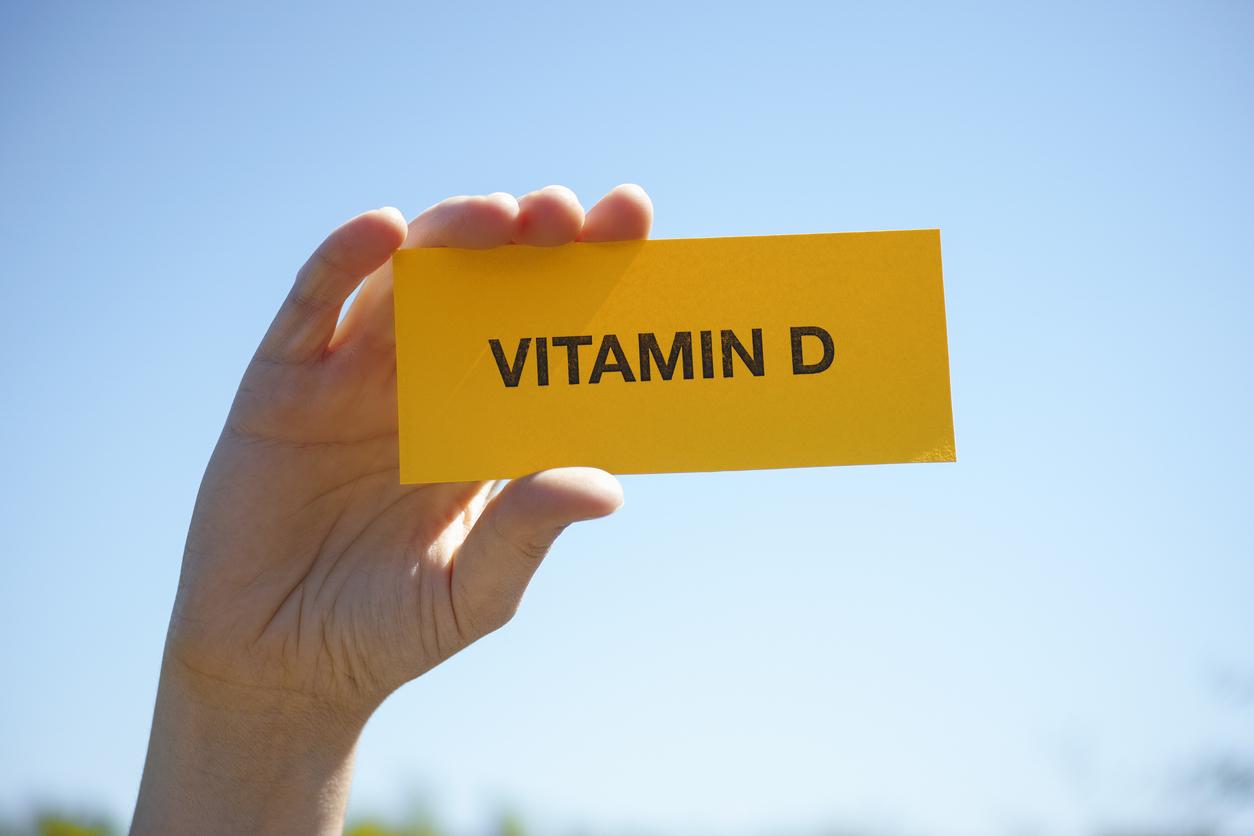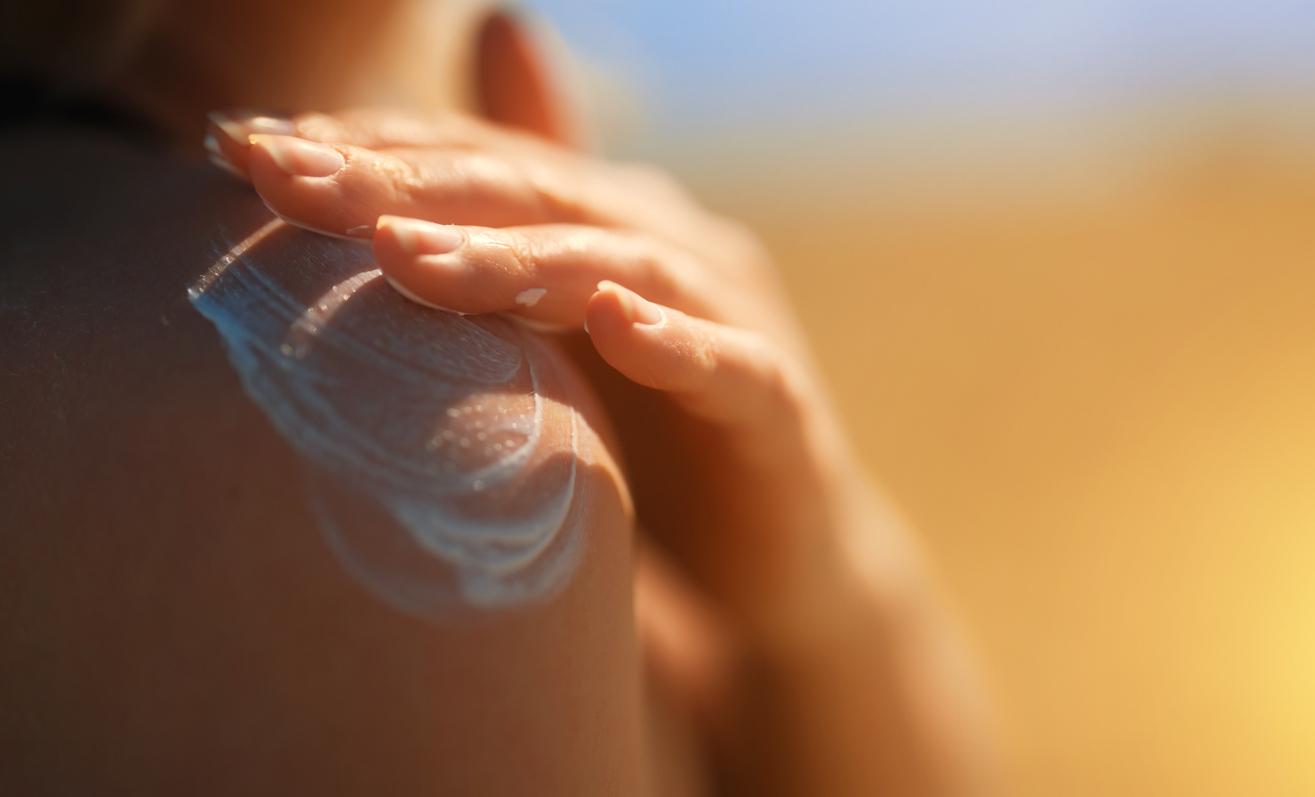Vitamin D supplementation would strengthen the skin barrier and reduce eczema in children. This is demonstrated by a study conducted with 86 small patients.

- Because it regulates the immune system and skin barrier function, vitamin D may help children with atopic dermatitis
- This inflammatory disease is better known as infant eczema.
Dry and irritated skin, red patches, itching… Better known as eczema, atopic dermatitis is a common chronic and itchy inflammatory skin condition that affects children and adults all over the world. Characterized by periods of crises, where the patches appear suddenly, and periods of calm, this skin disease is most often observed from childhood, and more particularly in children who have genetic predispositions. It is indeed the most common skin condition in children, 15% of them are affected and about 80% of people suffering from atopic dermatitis develop the disease before the age of 5 years.
According to a new study published in the journal Pharmacology Research & Insightsthose children with severe eczema may find relief with vitamin D.
An effective adjuvant treatment
Previous work had already established a link between serum vitamin D levels and the severity of atopic dermatitis. It is also known that vitamin D has a regulatory influence on the immune system and the function of the skin barrier, both of which are essential in the pathogenesis of eczema. However, the results of studies on the preventive role of vitamin D on atopic dermatitis were often heterogeneous.
These new results, established from a randomized study on 86 young patients affected by a severe form of eczema, however show favorable results for vitamin D. All the volunteers received oral vitamin D for 12 weeks, or a placebo in addition to the standard care usually prescribed. “Vitamin D supplementation may be an effective adjuvant therapy that improves clinical outcomes in severe atopic dermatitis”write the authors of this study.
What are the recommended doses of vitamin D?
Produced naturally by our body when our skin is exposed to the sun, vitamin D is essential for our good health. Few foods naturally contain vitamin D. The flesh of fatty fish and fish liver oils are among the best sources, followed by beef liver, cheese and egg yolks.
To avoid deficiencies, the French Society of Pediatrics strongly recommends daily vitamin D supplementation from birth to 18 months, then during the winter months between 18 months and 5 years of age. Here are his recommendations since 2012:
– In breastfed infants: 25 to 30 mg (1000 to 1200 IU) per day for the duration of breastfeeding.
– In children under 18 months fed milk enriched with vitamin D: add a supplement of 15 to 20 mg (600 to 800 IU) per day.
– In children under 18 months fed cow’s milk not fortified with vitamin D: 25 to 30 mg (1000 to 1200 IU) per day.
– In children aged 18 months to 5 years: 2 quarterly loading doses of 2,000 mg or 2,500 mg (80,000 or 100,000 IU) in winter, one in November, the other in February.
– In adolescents aged 10 to 18: 2 quarterly loading doses of 2,000 to 2,500 mg (80,000 or 100,000 IU) in winter, one in November, the other in February, which can be replaced by a single six-monthly dose of 5,000 mg (200,000 IU) when the risk of forgetting the 2nd dose seems high.

.

















